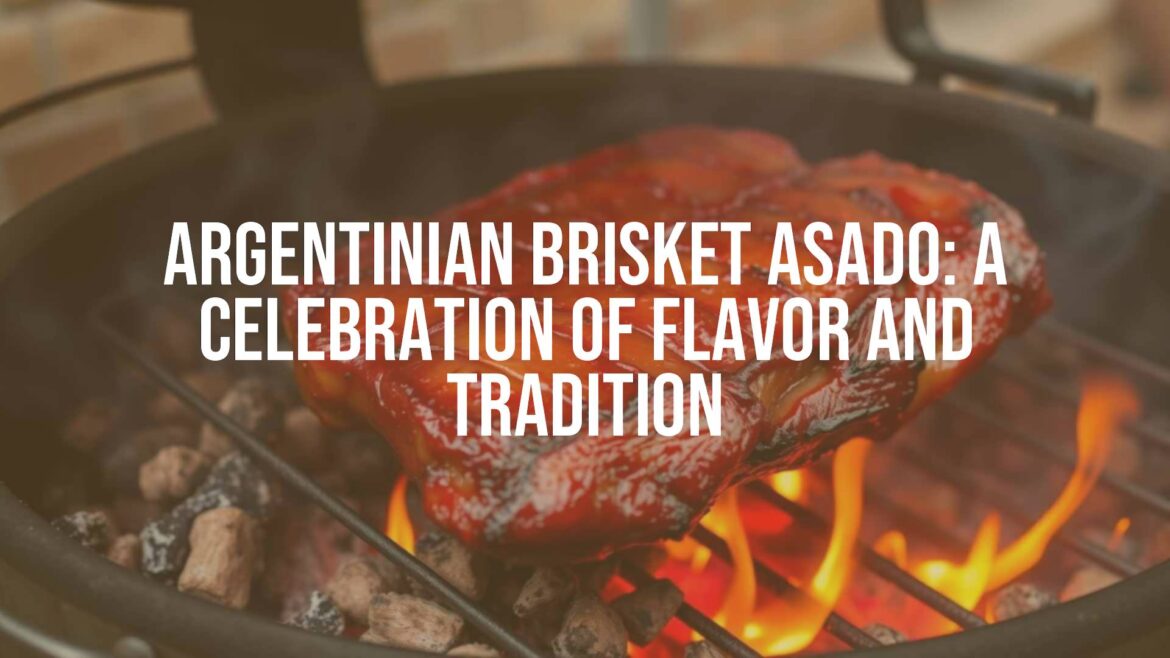Argentinian Brisket Asado: A Celebration of Flavor and Tradition
Understanding Brisket Asado
Asado holds a central place in Argentine culinary culture, and one of its succulent stars is brisket. Known locally as “pecho de asado,” this cut of beef comes from the chest section of the cow and is prized for its rich marbling and robust flavor. Unlike traditional American barbecue brisket, which is typically smoked over low heat for hours, the Argentinian approach focuses on open-fire grilling with wood or charcoal, imparting unique smoky notes and a distinct texture.
Historical Roots and Tradition
The tradition of asado dates back to the pampas, or grasslands, where gauchos (Argentinian cowboys) would gather and cook large cuts of meat over open flames for communal feasting. Brisket, with its generous layer of fat and connective tissue, was— and still is— a favorite for these gatherings because it becomes tender and juicy when slowly grilled. While the specific origins of brisket asado are intertwined with the broader history of beef in Argentina, it has gained popularity as a choice cut for both casual weekend barbecues and festive events.
What Makes Argentinian Brisket Asado Unique?
What sets Argentinian brisket asado apart is its minimalist seasoning and the art of grilling. Typically, the beef is generously salted, sometimes with the addition of simple spices, before being placed on the “parrilla” (grill). The meat cooks slowly as the grill master skillfully tends the fire, ensuring the perfect balance between crispy crust and juicy interior. Accompaniments often include chimichurri sauce, fresh salads, and rustic bread, keeping the focus on the meat’s natural flavors.
Brisket Asado in Social Gatherings
In many Argentinian homes, enjoying brisket asado is more than just a meal; it’s a cherished social ritual. Friends and families gather around the grill, sharing drinks and conversation as the meat sizzles. Asado is synonymous with togetherness, often marking birthdays, holidays, or simply a sunny weekend. The slow pace of grilling allows plenty of time for socializing, reinforcing bonds and traditions through food.
Regional Variations and Serving Styles
While the core method of grilling brisket remains consistent, variations exist across Argentina. In Buenos Aires, brisket might be served sliced thick or thin, depending on preference. In inland provinces, the cut may be marinated before grilling or paired with regional sides such as roasted vegetables. Some regions prefer to serve brisket as part of a mixed grill platter (parrillada), highlighting the diversity of local beef cuts.
Interesting Facts and Frequently Asked Questions
- Is brisket asado always cooked over wood? While traditionalists favor wood for its flavor, charcoal is also commonly used for convenience and heat control.
- How long does it take to cook brisket asado? Slow grilling can take 2–3 hours, depending on the size and thickness of the cut.
- Can brisket asado be found in restaurants? Yes, many parrillas (Argentine steakhouses) serve brisket as one of their main offerings, often allowing diners to choose their preferred doneness.
Conclusion
Argentinian brisket asado is more than just a hearty beef dish—it’s a vibrant tradition that unites people in celebration and appreciation of good food. Its rich flavors, cultural roots, and warm social setting make brisket asado a beloved icon within Argentina’s world-renowned barbecue culture.


